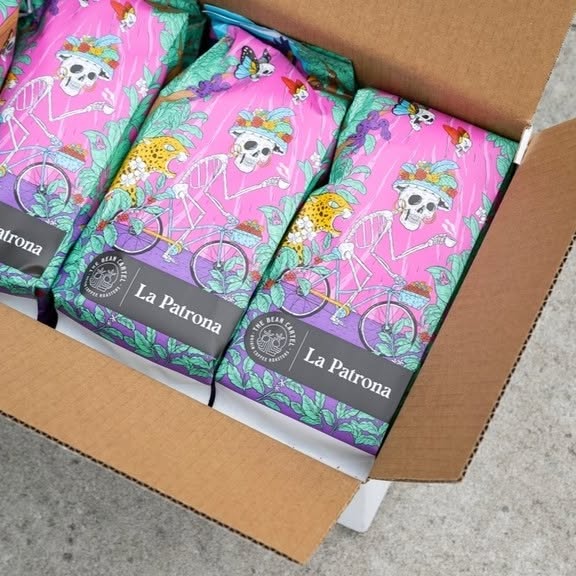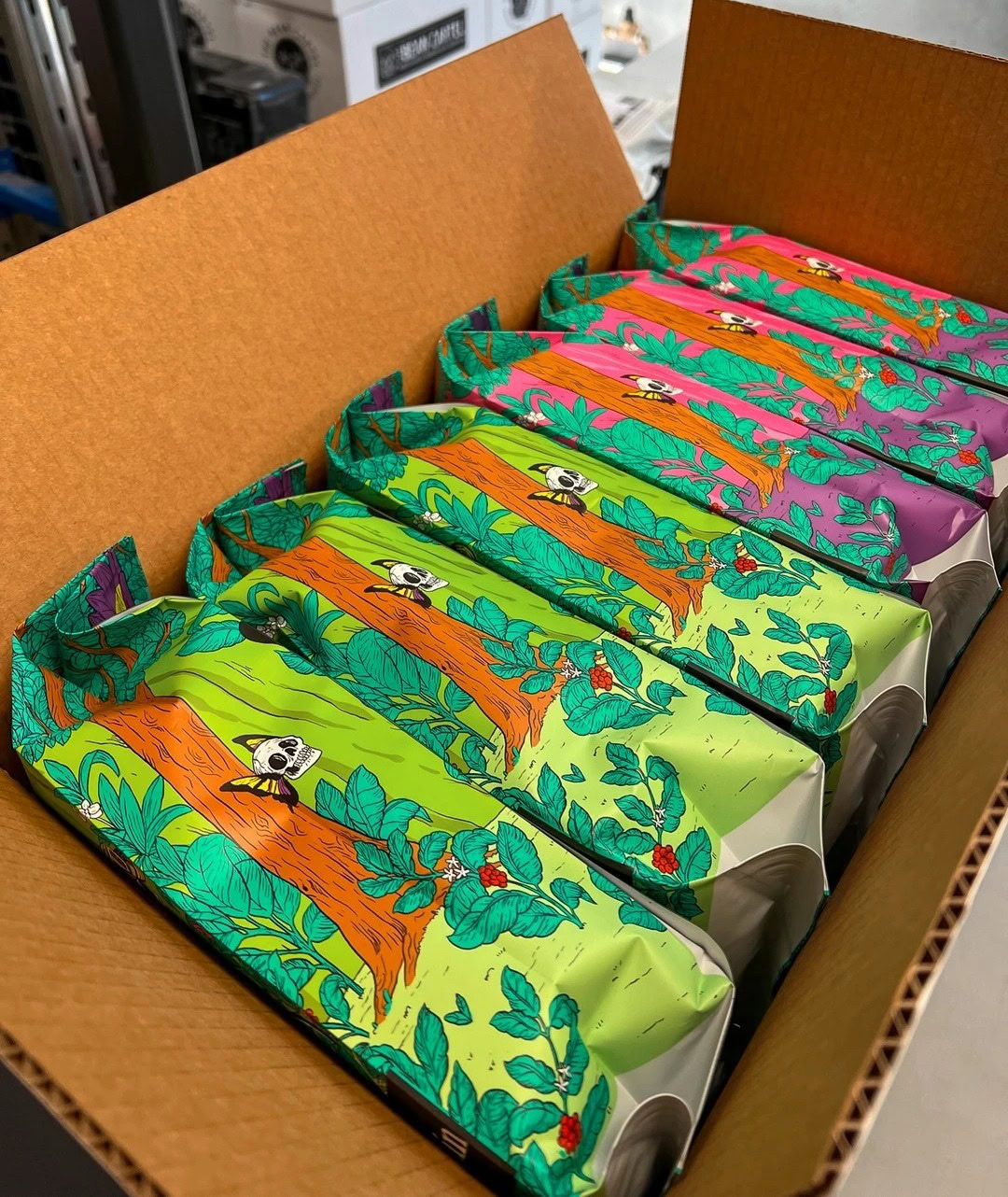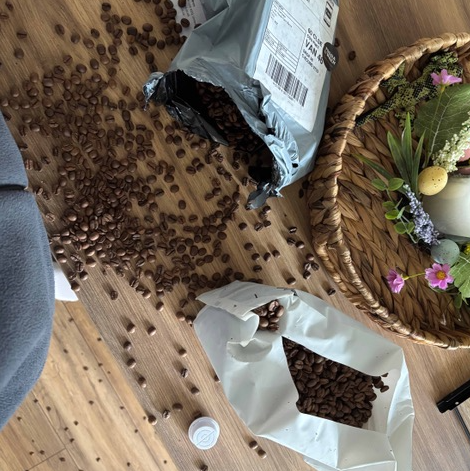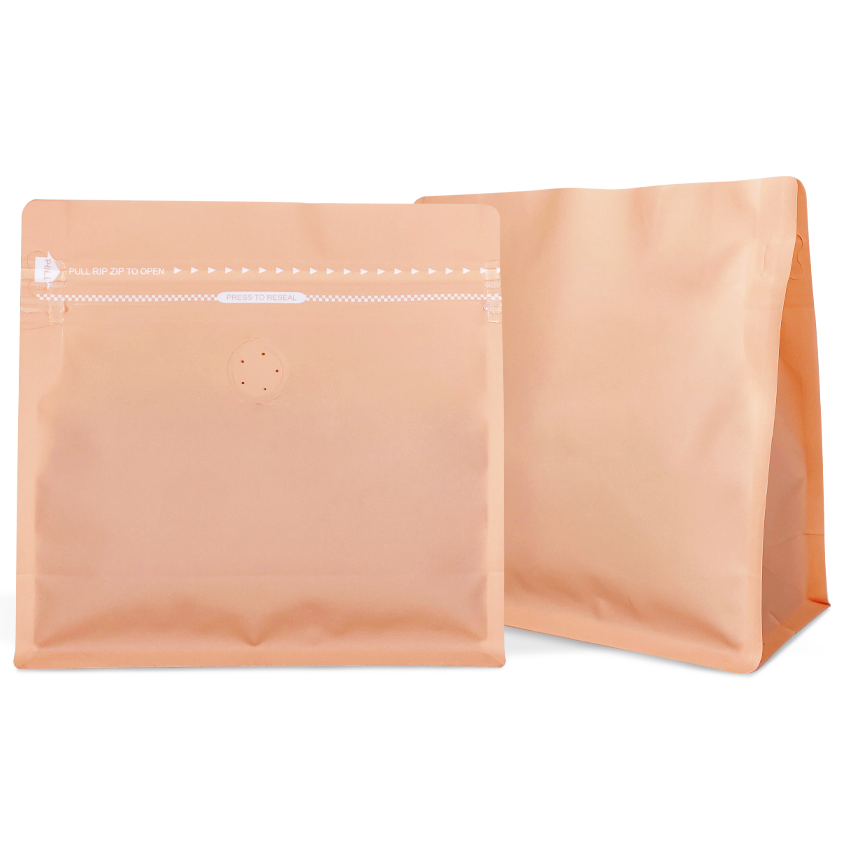Blog
How to Pack Coffee Bags for Safe Transit: The Complete Guide
How to Pack Coffee Bags for Safe Transit: The Complete Guide
Shipping coffee bags safely to your customers is crucial for maintaining product quality and customer satisfaction. With the rise of home deliveries worldwide, proper packaging has never been more important. This comprehensive guide will show you exactly how to protect your coffee bags during transit, saving you money and ensuring happy customers.

|

|

|
Why Proper Coffee Bag Packaging Matters
Did you know that the average package is dropped 17 times before reaching its destination? Each drop, vibration, and impact during transit can damage improperly packed coffee bags, leading to burst seals, torn packaging, and disappointed customers.
The good news? Preventing transit damage is simple and costs just a small amount compared to replacing specialty coffee worth significantly more. Whether you’re shipping single-origin beans locally or internationally, proper packing protects your investment and reputation.
The Real Cost of Poor Packaging
- Financial Impact: Replacing 1kg of specialty coffee costs 20-40 times more than proper void-fill materials
- Customer Trust: Damaged deliveries harm your brand reputation
- Environmental Waste: Damaged products mean unnecessary waste and carbon footprint
Understanding What Happens During Shipping
When your carefully roasted coffee leaves your facility, it enters a challenging journey through the courier network. Packages experience:
- Multiple drops from various heights
- Vibrations during vehicle transport
- Compression from stacking
- Temperature fluctuations
- Rough handling during sorting
Without proper cushioning, coffee bags inside the box become projectiles, slamming into each other and the carton walls with each impact. Heavier bags (1kg and above) act like hammers, multiplying the force of each drop.
Common Types of Coffee Bag Damage
Understanding how bags fail helps you prevent damage:
1. Seal Bursts
Cause: Bags colliding with each other or carton walls during drops
Result: Coffee spills, contamination, total product loss
Prevention: Immobilize bags completely with adequate void-fill

|

|
2. Bio-Bag Vulnerabilities
Special Note: Compostable and biodegradable bags require extra care as plant-based materials are less puncture-resistant than traditional packaging. Always use additional cushioning for eco-friendly packaging.
The Golden Rule: The Shake Test
Before sealing any shipment, perform this simple test:
- Close the box
- Shake it side-to-side
- Turn it upside down and shake again
If you hear or feel ANY movement, add more void-fill.
A properly packed box should feel solid, with no internal movement whatsoever.
Recommended Packaging Materials for Coffee Shipments
Choose from these cost-effective protection options:
Crumpled Kraft Paper
- Pros: Eco-friendly, recyclable, inexpensive
- Best for: Filling small to medium voids
- Cost: Very low per shipment
Paper Packaging Peanuts
- Pros: Excellent cushioning, reusable
- Best for: Surrounding individual bags
- Cost: Minimal per shipment
Bubble Wrap/Pads
- Pros: Superior protection, moisture barrier
- Best for: High-value shipments, international shipping
- Cost: Moderate per shipment
Air Pillows
- Pros: Lightweight, professional appearance
- Best for: Large voids, top cushioning
- Cost: Low to moderate per shipment
Step-by-Step Coffee Bag Packing Guide
Follow this proven method for damage-free deliveries:
Step 1: Select the Right Box Size
Choose a carton that fits your bags snugly. Avoid oversized boxes – extra space creates more opportunity for movement and damage. The box should be just large enough for your bags plus cushioning material.
Step 2: Create a Protective Base Layer
Add cushioning material at the bottom of the box. This absorbs the initial impact when packages are dropped or tossed.
Step 3: Position Bags Strategically
- Place bags upright when possible
- Keep heavy bags (1kg+) in the center
- Ensure bags don’t touch the box walls directly
- For multiple bags, alternate directions to minimize contact
Step 4: Fill Every Void
This is crucial: fill ALL empty spaces between bags and between bags and box walls. Use crumpled paper or peanuts to eliminate any gaps. Remember, even small voids allow movement during transit.
Step 5: Add Top Protection
Place a final layer of cushioning material on top before sealing. This prevents bags from hitting the box top during inverted drops.
Step 6: Perform the Final Shake Test
Before sealing, do one more shake test. The contents should feel completely immobilized.
Special Packaging Tips for Different Coffee Bag Types
For Biodegradable/Compostable Bags:
- Use more cushioning than standard bags
- Add “Fragile” labels to alert handlers
For Large Format Bags (2kg+):
- Use reinforced boxes rated for the weight
- Create dividers between multiple large bags
- Consider individual bag wrapping for premium products
For Mixed Shipments:
- Pack heaviest bags at the bottom
- Separate different bag sizes with cushioning
- Ensure smaller bags can’t shift into empty spaces
Leading coffee roasters follow these industry benchmarks:
- Zero movement in shake test
- Cushioning on all sides
- Box fill rate of 90%+ (including void-fill)
- Clear handling instructions on exterior
Protect Your Coffee, Protect Your Business
Proper packaging is an investment in your brand’s reputation. By following this guide, you’ll:
- Reduce damage claims by up to 95%
- Increase customer satisfaction
- Save money on replacements
- Build trust with reliable deliveries
Quick Packaging Checklist
Before shipping any coffee order, ensure:
- ✓ Right-sized box selected (not too big)
- ✓ Base cushioning layer added (5-7cm)
- ✓ Coffee bags positioned securely
- ✓ All empty spaces filled completely
- ✓ Top cushioning layer in place
- ✓ Shake test passed (no movement)
- ✓ Box properly sealed and labeled
Conclusion
Protecting your coffee during transit doesn’t require expensive materials or complex procedures. With just a small investment in void-fill materials and two minutes of proper packing, you can ensure every bag arrives in perfect condition.
Remember: if your box rattles when shaken, it needs more cushioning. This simple rule will save you countless replacement costs and keep your customers coming back.
Last updated: July 2025. This guide reflects current best practices in coffee shipping and packaging based on industry standards and real-world transit testing.


